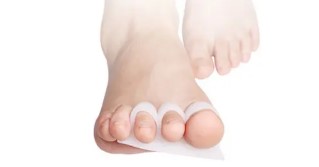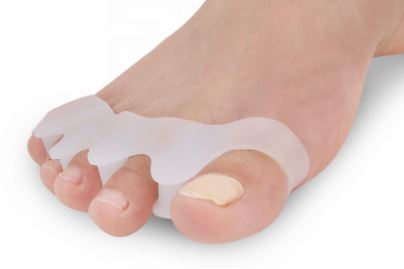There are many different causes of pain down the outside of the foot and one of those rare causes in children is a condition called Iselin’s disease. There is a growth plate at the base of the fifth metatarsal bone that the peroneal tendon from the leg attaches to. This means that this growth plate is subject to a lot of pressure from the tendon, especially if the child is active in sport. Overuse of this area can result in an inflammation or irritation of that growth plate, resulting in the Iselin’s disease. Age 13 years is the most common time for this and it affects bots just as much as it affects girls.
The pain of this usually starts slowly and gets worse with increased sports activity. There may be some swelling in the area and the pain may be making the child limp. Palpation of the base of the fifth metatarsal about midway down the outside of the foot is painful or tender. X-rays may need to be done to confirm the problem and rule out other potential causes of pain in the area.
The most effective treatment for Iselins disease is simply rest. This means reducing the amount of sport or total rest. This may need to be done in a moon boot if the pain is bad enough. It can take 4-6 weeks of this type of rest for it to improve enough for the levels of exercise to be gradually and slowly increased.




